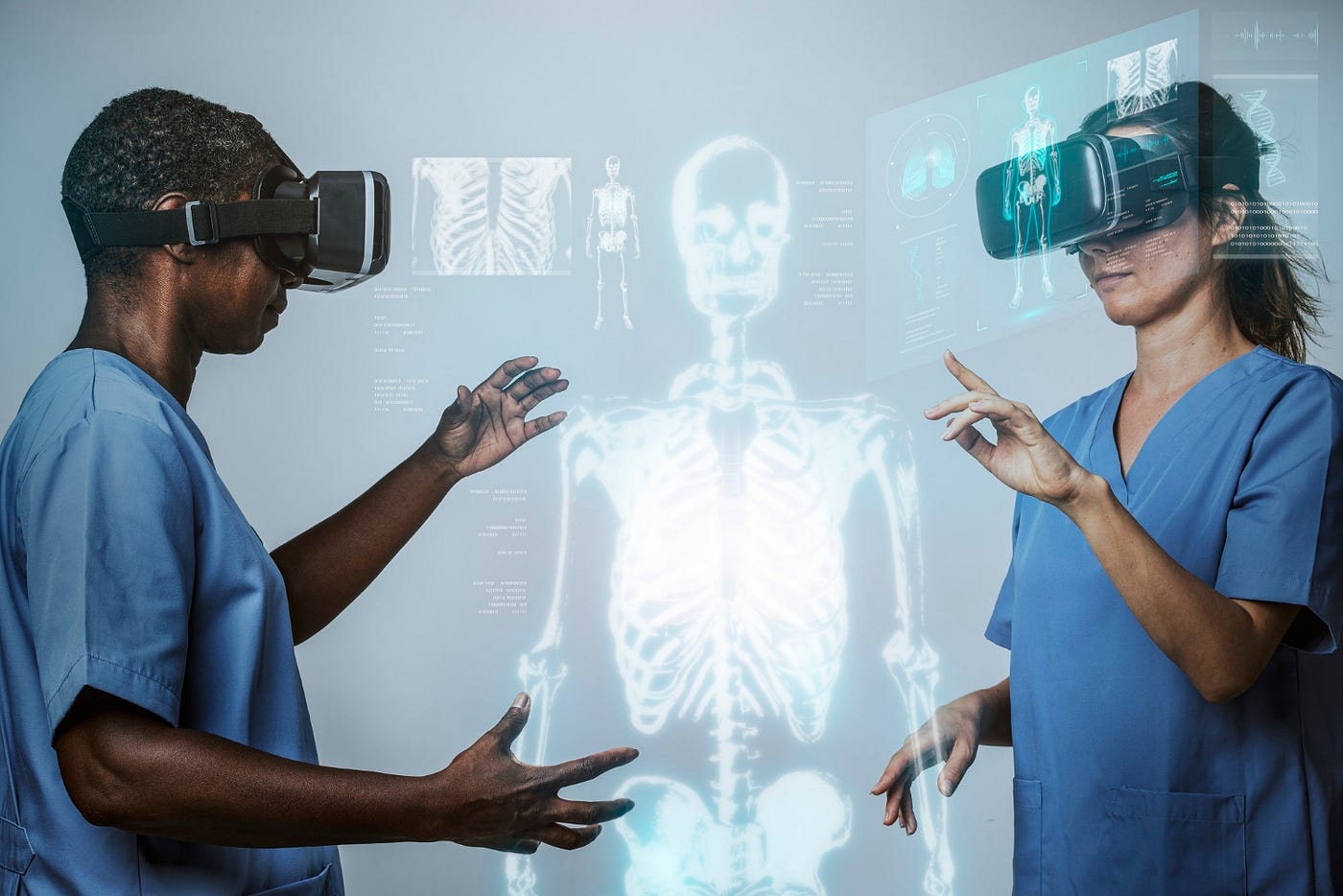
4 Innovations in Lab Sample Management Enhancing Research Precision
In health care, laboratory specimens are fundamental.
Without them, diagnosing a patient or identifying a disease’s stage would be challenging — or outright impossible, in some cases. For these reasons and more, mastering sample management is critical. Keeping track of every vial and all the data that comes with it may be tedious, but it is absolutely necessary.
Today’s standard sample management practises are less than organised and could use some improvement. Fortunately for patients, practitioners and providers alike, recent research and development have resulted in several innovative techniques and technologies.
What Is Laboratory Sample Management?
Lab sample management is a core aspect of process control. It involves collection, handling, organisation, storage, retrieval, shipping and disposal. Since specimens must be kept in certain conditions — usually in airtight fridges or freezers — and their quality determines the accuracy of research results, being able to account for them constantly is crucial.
Sample management documents each specimen’s chain of custody to make its end-to-end journey traceable. As a result, medical laboratory practitioners can prevent errors and keep their records up to date. This level of documentation is the only way to ensure their research results are accurate and reliable.
Common Issues With Lab Sample Management
Ideally, labs would have no trouble mastering sample management — labelling, organising and retrieving specimens would be straightforward. In reality, the process is often less methodical. For example, a technician may spend too long searching for a misplaced vial in the freezer. The longer they look, the more the temperature drops — and the more they risk degradation.
For many labs, sample volume is an issue. Since there’s a general shortage of practitioners — to the surprise of no one, given that 85.3% of them report experiencing burnout — many find keeping track of every specimen’s location challenging. Every unnecessary touchpoint they use to simplify processes leaves more room for error.
Dataset volume is another major issue. When each vial has details on its source, extraction method, consent records and intended use, recordkeeping becomes tedious. Considering the fact that every patient generates approximately 80 megabytes of information annually, the health care sector has an excessive amount of data to manage.
Consequences of Poor Sample Management
Whenever technicians misplace, mislabel or damage a sample, they must start over. In addition to being a frustrating experience for the patient — people rarely enjoy being poked, prodded or swabbed — it can delay time-sensitive research and affect their work. Ultimately, it may even compromise their findings.
Poor sample management can significantly reduce efficiency, creating unnecessary bottlenecks. The unexpected time and resource drains can be costly. Since approximately 70% of research groups rely on federal funding for 90% of their funds, they don’t have much budget flexibility, meaning repeated testing can be a severe financial blow.
Still, the stakes continue rising. If professionals don’t catch poor sample management in time, they will likely unintentionally skew their results. Others will inevitably fail to get the same results when attempting to repeat their tests, calling their credibility into question and jeopardising their lab’s reputation.
Labs risk noncompliance with regulations and standards if their sample management is poor enough, which could prompt fines and serious legal issues. Such events would further damage reputation, putting the credibility of future research in jeopardy. While these worst-case scenarios are unlikely, they aren’t impossible.
4 Innovative Sample Management Techniques
Mastering sample management isn’t as complicated as it may seem. These four innovative techniques show any lab can accomplish it.
1. Barcode Systems
At their most basic, barcode systems consist of readers and printed labels. They’re often integrated into computer systems so professionals can compile, retrieve and manage them remotely. Each sticker can contain information on the specimen, patient and chain of custody, so technicians know exactly where to find the vial they need to pull.
Rural and small-scale practitioners without access to digital tools can leverage barcode systems. By adding barcodes to stainless steel pharmaceutical trays, technicans can easily transport and organize specimens and samples in their labs. Barcoded trays allow for sorting specimens based on factors such as date, sample type, extraction method, or intended use. This improved organizational approach leads to greater precision in research and overall efficiency in laboratory operations.
2. Laboratory Information Management Systems
Modern labs have undergone digitalisation using technology like electronic health record systems and electronic laboratory notebooks. Researchers must be able to retrieve everything from raw data to clinical trial master files quickly to move tests along, but sifting through their tech stack to find the right information can be challenging.
A laboratory information management system provides a solution. This software and centralised data repository can reduce administrative expenses, save technicians’ time and improve research precision. It offers end-to-end specimen tracking and automates recordkeeping, helping professionals know how much space they have and where each specimen is stored.
3. Radiofrequency Identification Tags
Radiofrequency identification (RFID) tags and scanners transfer and read information using electromagnetic fields. Their main purpose is to track the location of the objects they’re attached to, making them ideal solutions for lab sample management. Technicians can use them to create and update records, largely automating the chain of custody.
Combining RFID tags and the Internet of Things is a promising emerging innovation. If labs combine the location precision of radio wave technology with internet-connected devices, they can monitor their specimens’ states. Sensors can track humidity, temperature, motion and proximity, helping minimise human error and mismanagement.
4. Natural Language Processing Systems
Artificial intelligence has become an integral part of lab 4.0 — which is the automation and digitalisation of the laboratory environment — because it automates workflows and fosters connectivity. Currently, many labs are in the early stages of integration. Once enough jump through regulatory hoops and duck under the red tape, it may become standard.
Natural language processing — a subset of AI — uses deep learning technology and computational linguistics to analyse and produce text or speech. Labs can use it to automate tedious everyday tasks like sample entry, code generation or result summarisation. Since algorithms are immune to human error, using one improves precision.
Mastering Sample Management Takes Time
Even with the latest gadgets and gizmos, mastering sample management takes time. Once lab technicians grow accustomed to their new techniques, they will still need to put in effort. Whether their system automates label production or data entry, they must prioritise bringing value to their tasks to streamline their workflows and accelerate testing.
Trending
-
1 Mental Health Absences Cost NHS £2 Billion Yearly
Riddhi Doshi -
2 Gut Check: A Short Guide to Digestive Health
Daniel Hall -
3 London's EuroEyes Clinic Recognised as Leader in Cataract Correction
Mihir Gadhvi -
4 4 Innovations in Lab Sample Management Enhancing Research Precision
Emily Newton -
5 The Science Behind Addiction and How Rehabs Can Help
Daniel Hall





Comments